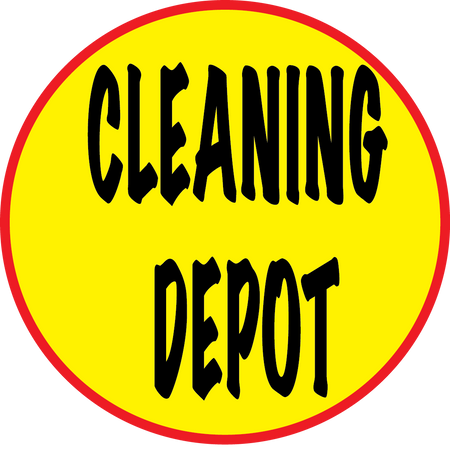
Prioritizing Health in Modern Cleaning Practices
Prioritizing Health in Modern Cleaning Practices
As the cleaning industry continues to evolve through innovation and technological advancement, it is essential to maintain a strong focus on health-centered cleaning practices. A "health-first" approach ensures that both contract cleaning providers and internal facility teams implement strategies designed to safeguard the well-being of occupants within the buildings they maintain.
Cleaning For Health
Rather than focusing solely on visual cleanliness or scent, cleaning for health emphasizes the reduction of harmful elements such as allergens, bacteria, and airborne pollutants. This involves selecting the right disinfectants, often hospital-grade, enhancing indoor air quality, and training custodial staff to avoid common cleaning errors that could compromise health outcomes.
A key strategy discussed is the use of outcome-based cleaning contracts. These types of agreements shift attention away from strictly defined cleaning tasks and instead establish performance goals related to hygiene and safety. This results-focused approach not only fosters innovation and adaptability in cleaning methods but can also yield significant cost efficiencies and better overall results.
Creating Cleaning Procedures
The implementation of structured Cleaning for Health programs is another vital component. These programs aim to minimize health risks, such as asthma triggers and allergen exposure: by emphasizing standardized procedures, ongoing training, and the use of appropriate cleaning products and tools. The outcome is a cleaner, healthier indoor environment for all users of the space.
By embracing a health-first philosophy, the cleaning industry can play a central role in creating safer, more resilient indoor environments.
But maintaining health-first environments also requires a structured operational foundation starting with clear, standardized processes.
Standard Operating Procedures (SOPs): The Backbone of Consistency
Developing comprehensive SOPs for every cleaning service your company offers helps ensure that all team members deliver consistent, high-quality results. These procedures serve as instructional guides, detailing exactly how tasks should be performed, whether it’s residential deep cleans, commercial office sanitization, or specialty services like carpet or window cleaning.
For example:
-
Residential SOPs might cover proper disinfection of kitchens and bathrooms, and safe care for different flooring types.
-
Commercial cleaning SOPs provide guidance for maintaining shared workspaces, restrooms, and high-touch surfaces.
-
Specialty SOPs, such as for pressure washing or carpet cleaning, ensure technicians know how to clean various materials effectively without causing damage.
Including green cleaning techniques, disinfection protocols, and health-focused sanitation measures within each SOP helps reinforce your commitment to wellness.
Administrative procedures, like how to clock in, record travel mileage, or greet clients, should also be documented. This supports professionalism across every point of customer interaction.
When unexpected situations arise (like accidental damage or exposure to biohazards), well-written SOPs can include contingency plans or general policies, giving staff the tools and confidence to respond appropriately.
To develop effective SOPs:
-
Define a clear purpose for each procedure.
-
Choose a suitable format: manual, flowchart, or checklist.
-
Use clear, accessible language.
-
Train staff and ensure they follow each step consistently.
-
Regularly update the SOPs as services or expectations evolve.
Checklists and Job Forms: Tools for Accountability and Confidence
Once SOPs are established, supplement them with job-specific checklists and forms. These tools help cleaning staff stay on task, manage time efficiently, and maintain service quality.
-
Cleaning checklists give step-by-step task reminders, ensuring nothing is missed and helping new employees build confidence.
-
Work completion forms enable cleaners to record tasks completed and gather client sign-off, offering transparency and proof of service.
These forms serve as tangible benchmarks for service performance and help foster client trust. When combined with SOPs, they support a culture of accountability and continual improvement.
Conclusion: Leading Through Standards and Strategy
The cleaning industry is uniquely positioned to lead conversations around health, hygiene, and environmental safety. To do so effectively, service providers must back their health-first mission with robust processes: clear SOPs, reliable training, and measurable outcomes.
By systematizing cleaning tasks and empowering staff with the right tools, knowledge, and procedures, companies can confidently provide safer, healthier spaces. In today’s evolving world, that’s not just good business, it’s essential leadership.
We have many cleaning products that will be of help when you come up with your procedures, check our our inventory or stop by for more information if you're a Las Vegas local.
